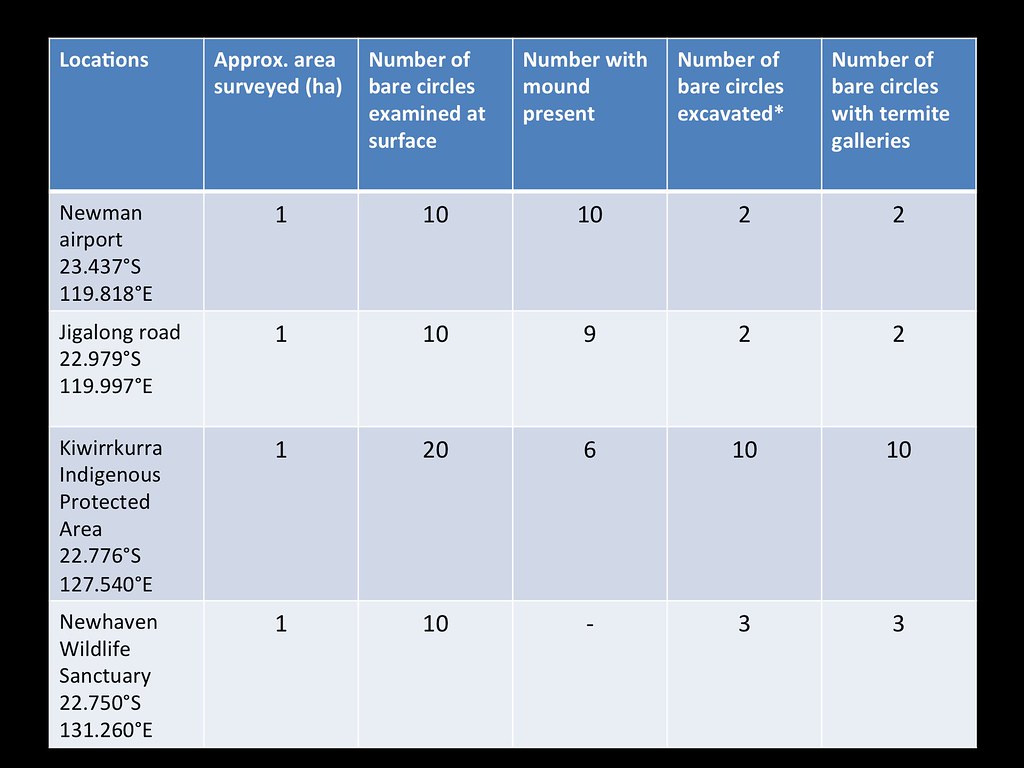1 Data, Information, and Knowledge
Before we explore the functions, services, and benefits of libraries and library science, we need to ensure that we are all working with the same definitions of keywords. In other professions, the words “knowledge,” “data” and “information” are used interchangeably. However, in library science they are three related but distinct things. Patrons (and librarians) peruse the information provided by interpretations of data in order to receive and retain knowledge. They may also peruse data (especially in academic, medical, or scientific libraries), but the main stored resource in libraries is information.
Data is the building blocks of all items contained in a library. It is the bare facts of reality, the strategically collected information that has been recorded in a standardized, or at least understandable, way. There are two types of data. Quantitative data is data that has been recorded as an amount of something. For example, four seconds or eighteen ounces.

Qualitative data, on the other hand, is something that is not communicated through the use of numbers. This data type is recorded through words or other media that cannot be assigned numbers. In order to ensure that qualitative data is collected consistently and accurately, researchers will use controlled vocabularies to record these qualities or at least approximate them. Then, the quantitative data of the use of these standardized vocabularies can be analyzed. The use of both of these types of data varies from field to field, but all data is in one of these two forms.
Information is produced when a researcher or another person takes the data obtained by research and analyzes and interprets it. This is always done in qualitative form. Examples of sources of data-derived information include the text of articles in academic journals, nonfiction books, and professional websites. Information takes data and inputs it into a particular narrative. Ideally, the narrative of information is free from bias. However, bias inevitably creeps into data analysis despite researchers’ and interpreters’ best efforts. Thus, Information Literacy is a vital skill for librarians and their patrons to possess.
Knowledge is obtained when readers internalize the information and data presented to them by items in the library collections. Readers internalize all of the information present in the items. Hopefully, they will retain the information. Internalization of information and action upon it as a demonstration of knowledge has been regarded as the highest form of intellectual achievement by many cultures. For example, in Buddhism the highest form of knowledge was demonstrated by becoming a Bodhisattva and living according to the precepts of the Buddha’s sutras, which were learned through reading and discussion.

The chief goal of librarians is to help their patrons accurately interpret data and internalize correct and authoritative information so they can have the correct knowledge and act accordingly. The correct application of knowledge is called wisdom, and is considered by some to be the fourth and highest tier of understanding. However, this classification is somewhat arbitrary and will therefore be considered part of the knowledge aspect of understanding.
Storing and Accessing Data, Information, and Knowledge
Libraries play a crucial role in organizing, preserving and providing access to data, information and knowledge. One of the most important aspects of this is the use of a well-defined Organization Schema, which helps to classify and categorize the materials in a logical and meaningful way.
Classification systems such as the Dewey Decimal Classification System or the Library of Congress Classification System are commonly used to organize and arrange materials on library shelves. This allows patrons to quickly and easily locate the materials they need by browsing through a well-defined and consistent schema.
Another important aspect of library data management is Preservation. Libraries take great care to preserve their collections for future generations by using techniques such as temperature and humidity control, light management, and digitization. This helps to ensure that the materials will be available for use long into the future.
Metadata is also a key component of library data management. Metadata is data that describes other data, and it plays a critical role in providing information about the materials in a library’s collection. This can include information such as the title, author, publication date, and subject matter. Metadata is also used to provide information about the physical characteristics of a record, such as its format, size, and condition.
Finally, libraries use one Record for each of its items to keep track of the materials in their collections. This can include information such as the title, author, publication date, and subject matter. Additionally, libraries use records to keep track of patron borrowing and to keep track of the location of materials within the library.
The purpose of using this wide range of tools is to ensure that patrons can easily find the precise information and items they are looking for. Additionally, they can also browse and find a wide range of information resources if they are looking for multiple resources on a particular subject.
Quantitative and qualitative representations of current understandings of reality. These representations can be interpreted to produce information that is presented in multiple formats. Data are the most fundamental sources of scientific knowledge. Most data, in fact, is scientific. However, some information is not created through data.
Information comes from two sources:
Interpretations of qualitative and quantitative data that has been collected and recorded (scientific publications, academic journal articles, corporate and other reports)
Objective and subjective inferences, narratives, and representations of ideas created by people who have recorded these items in one format or another (religious texts, fiction, ethical and moral works, etc.)
The ability of an individual to find, view, interpret, and accurately portray information from various sources. One of the core jobs of librarians is to help their patrons develop these skills. Information literacy takes similar but different form at each type of library.
Information that has been internalized by a user of an item. This information can be referred to by that person in future times of need. Knowledge can change or even be completely removed as a person learns new information and turns it into knowledge. Knowledge is fluid.
Contextualizing groups of things or ideas in a way that will make sense to those who are looking for particular items in that group. The most effective organization process involves classification of items into groups based on predetermined schemata.
A theoretical system that influences how one thinks about a certain topic. Typically this involves some sort of ideological hierarchy. Included in this hierarchy are ideal forms of concepts or things. For example, every individual has a basic, ideal version in their head of what a restaurant should look like and how the different functions and individuals should interact with each other. In librarianship, FRBR and RDA affect how cataloging is performed.
The act of sorting items, whether they be books, ebooks, audiobooks, audiovisual materials, or other formats, into categories based on particular criteria. Librarians do not do this. Librarians catalog based on predetermined classification categories prescribed by a particular schema, such as the Dewey Decimal System and/or the Library of Congress Classification System.
A system created by Melvil Dewey in the late nineteenth century to classify all knowledge into ten broad categories. This system has been modified twenty three times until the current iteration, Dewey Decimal System Edition 23, was created in early 2010s. It is often used on its own and in conjunction with the Library of Congress Classification System.
A system created by the Library of Congress to classify all information resources within its holdings. All items are classified in a broad category under each letter of the alphabet. Further letters and numbers create increasingly specific categories until the most appropriate category for each item is found. Unlike the Dewey Decimal System, which categorizes items by subject, the LCC classifies items by the discipline in which they can be used.
The act of taking deliberate steps to preserve an item. In the context of librarianship, preservation of an object is done to preserve, recover, restore, or perpetuate the information or data contained in the object. Preservation is not done for the sake of the item itself. If an item is fragile, or if the library has means, digital preservation should always be considered in one form or another. Even non-fragile items can be preserved if time, space, and other factors permit.
A specific subset of data that describes and gives information about the other data in a record. One may think of it like a MARC record about the MARC record. "Meta" refers to something that is self-referential. A data record often contains its own metadata within itself.
This is the formatted collection of metadata regarding an item. Occasionally, especially in terms of digital collections or archives, the record of an item is called a "surrogate" or "surrogate record."


Feedback/Errata